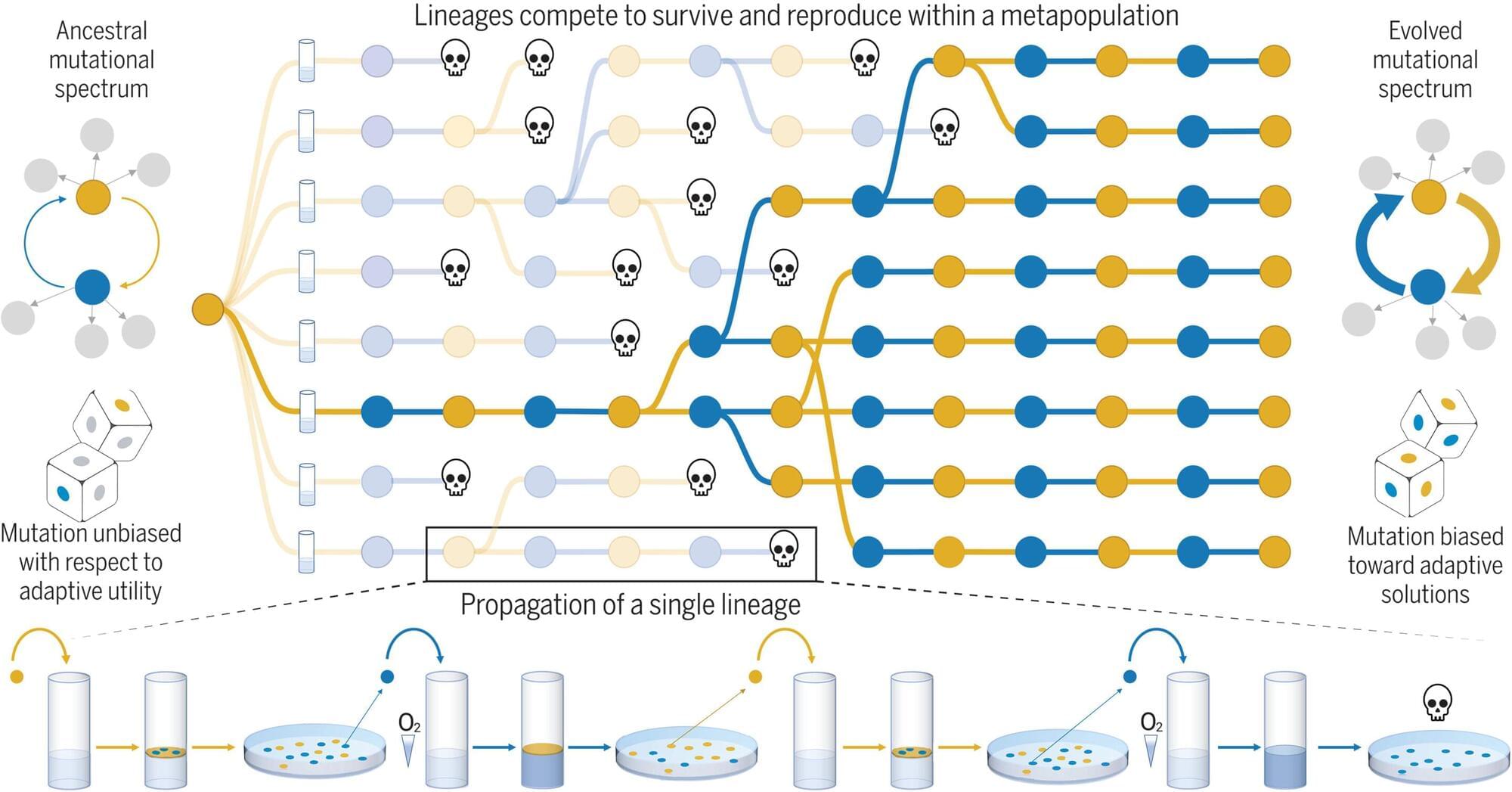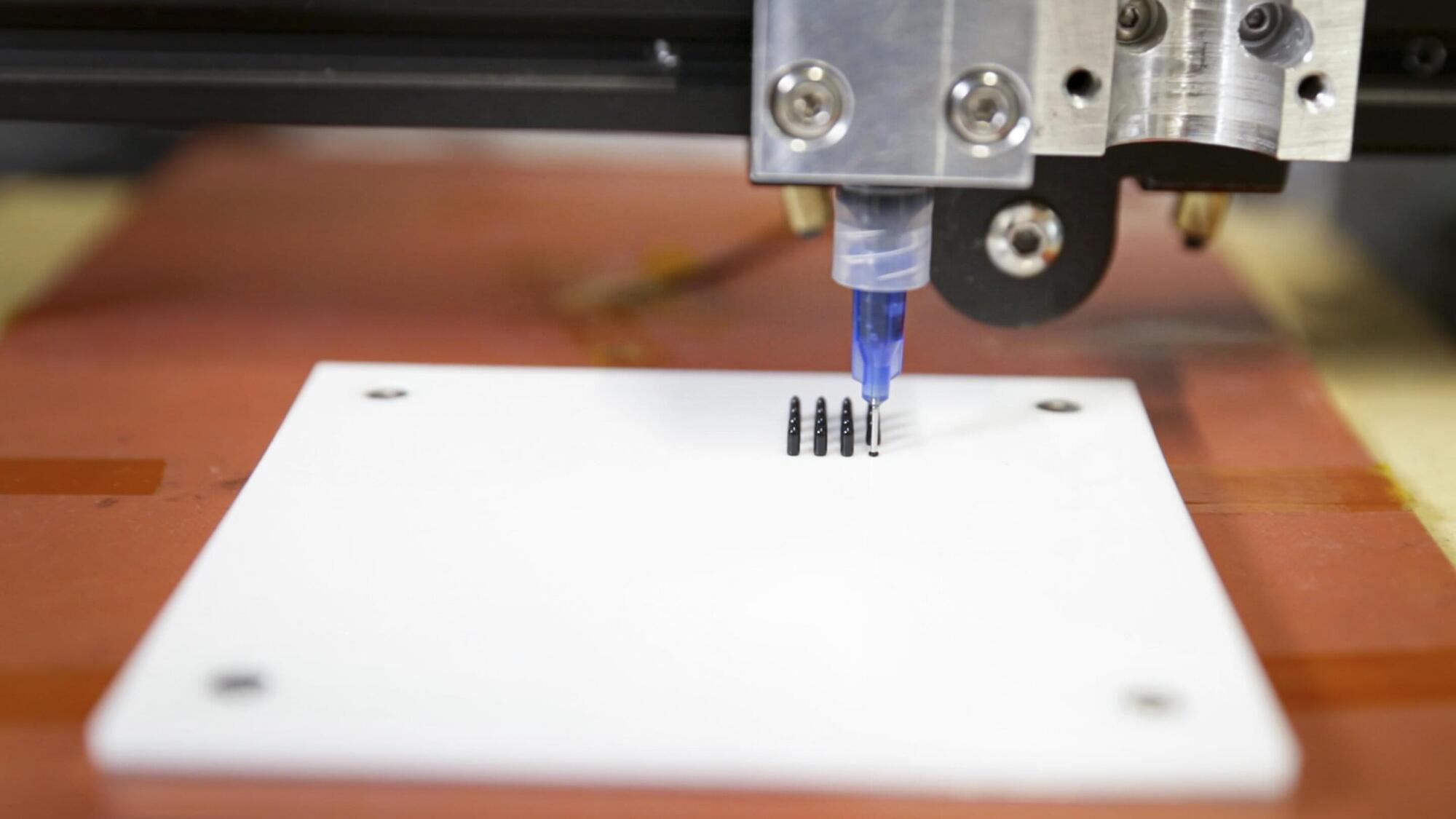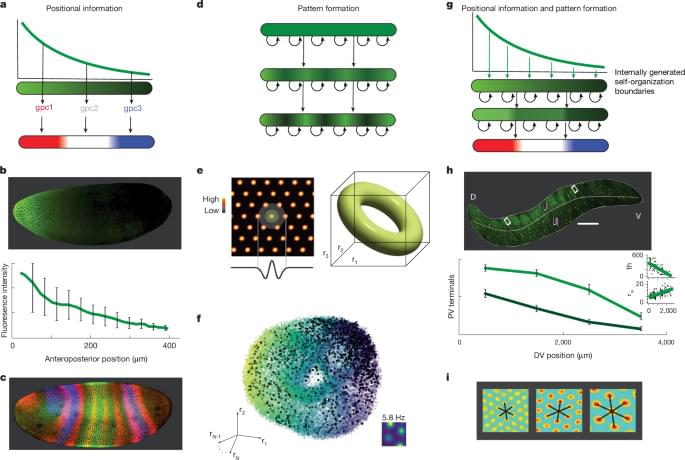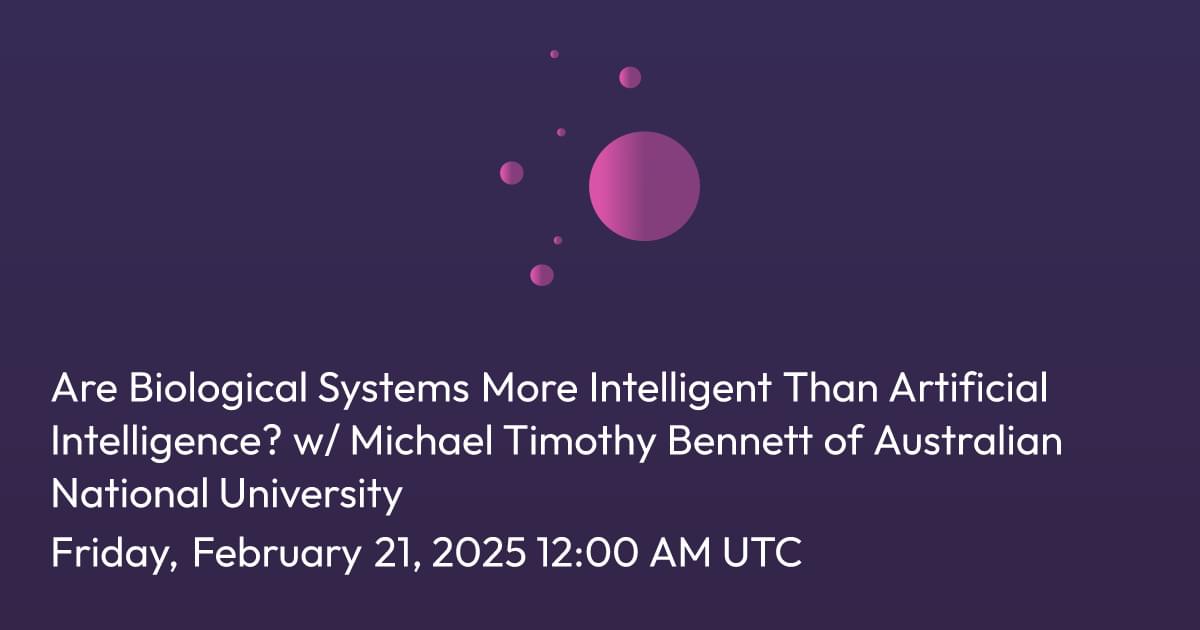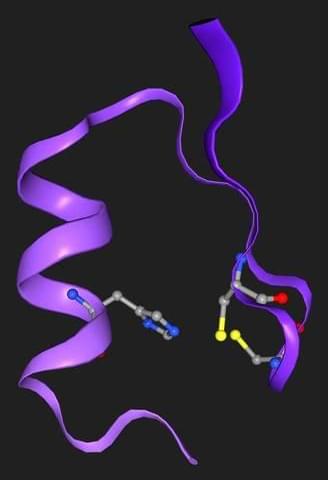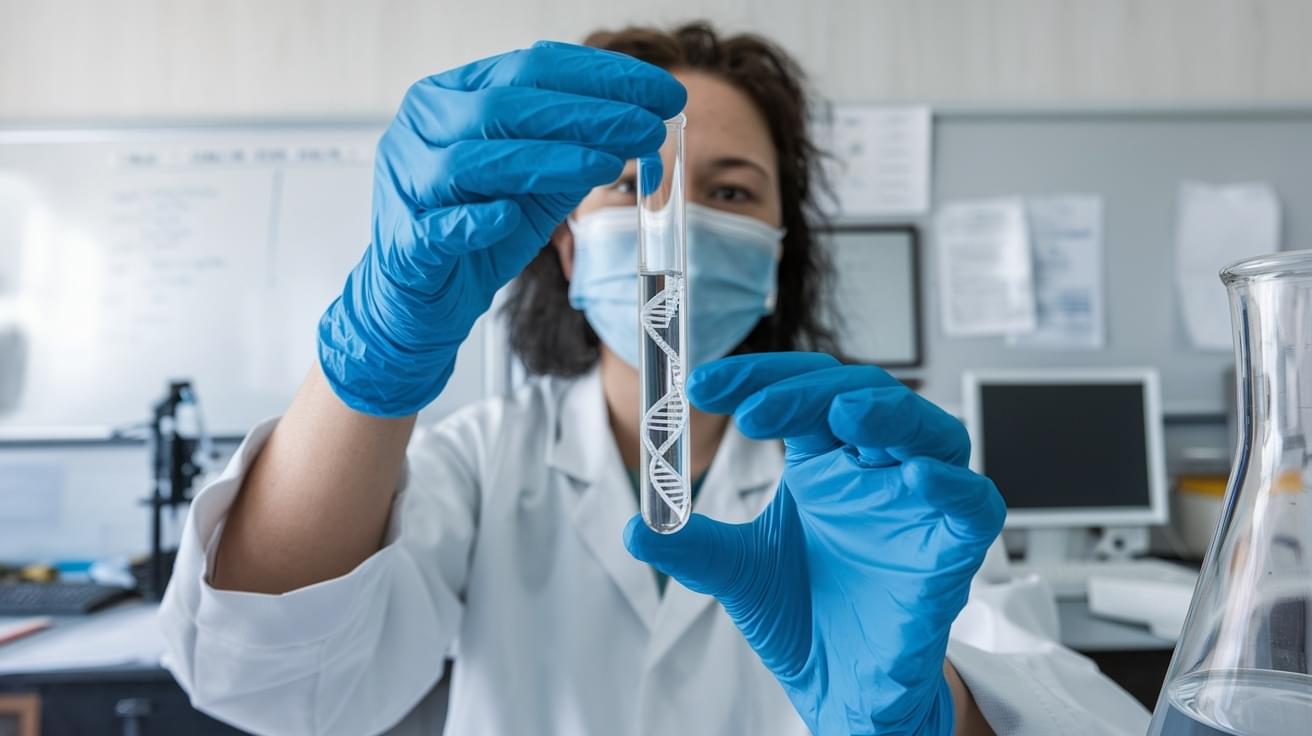Traditional 3D printing builds objects layer by layer, but tomographic volumetric additive manufacturing (TVAM) takes a different approach. It uses laser light to illuminate a rotating vial of resin, solidifying material only where the accumulated energy surpasses a specific threshold. A key advantage of TVAM is its speed—it can produce objects in seconds, whereas conventional layer-based 3D printing takes about 10 minutes. However, its efficiency is a major drawback, as only about 1% of the projected light contributes to forming the intended shape.
Researchers from EPFL’s Laboratory of Applied Photonic Devices, led by Professor Christophe Moser, and the SDU Centre for Photonics Engineering, led by Professor Jesper Glückstad, have developed a more efficient TVAM technique, as reported in Nature Communications
<em> Nature Communications </em> is an open-access, peer-reviewed journal that publishes high-quality research from all areas of the natural sciences, including physics, chemistry, Earth sciences, and biology. The journal is part of the Nature Publishing Group and was launched in 2010. “Nature Communications” aims to facilitate the rapid dissemination of important research findings and to foster multidisciplinary collaboration and communication among scientists.
